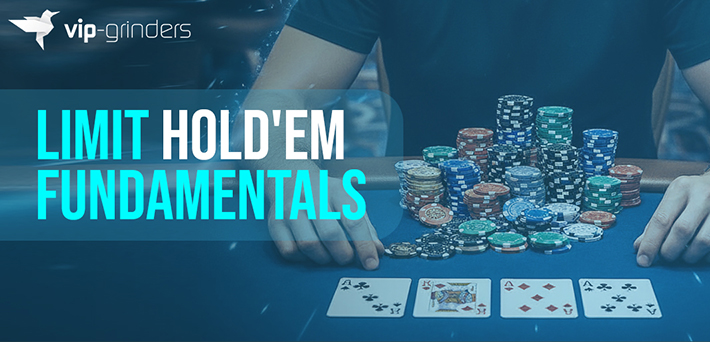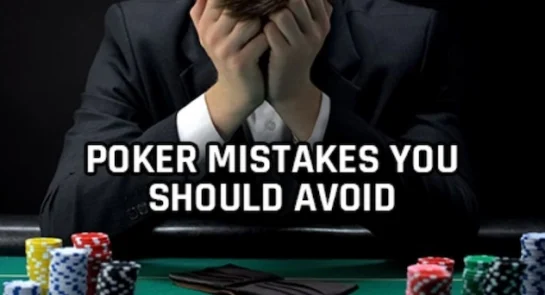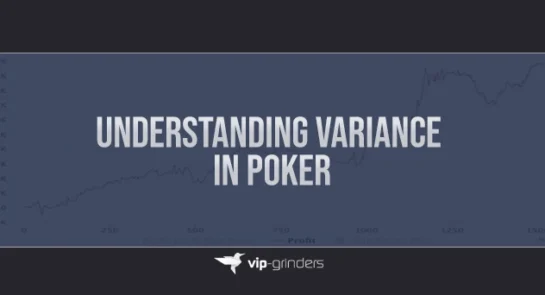Limit Hold’em Fundamentals and Betting Structure: Deep Dive

The True Limit Hold’em Fundamentals
Limit Hold’em rewards the players who can get the most out of small edges consistently. With capped bets, you cannot protect a hand through raw aggression — your edge comes from precision in timing, positional leverage, and exploiting betting rounds.
Fixed Limit Poker Core Concepts
- Equity Realization: You must extract every fractional edge; even +0.1 big bet/100 decisions add up.
- Bet-for-Value: Because opponents will call often, thin value betting replaces bluffing as your main profit source.
- Pot Odds Are Transparent: The fixed bet sizes mean you can instantly calculate exact odds; elite players adjust ranges precisely.
- Error Amplification: In small-edge games, one missed river value bet or thin fold can swing long-term ROI drastically.
Key takeaway: Limit is a game of minimizing error margins, not maximizing single-hand wins. Every bet counts because every bet is proportionally large relative to total pot equity.
Understanding the Betting Structure
Limit Hold’em’s structure dictates tempo, pot growth, and fold equity. Typically, a structure is expressed as small bet / big bet — e.g., $2/$4, $5/$10, or $20/$40.
| Betting Round | Bet Size | Typical Impact |
|---|---|---|
| Preflop | Small bet (1x) | Sets initial price; cheap to enter, wide ranges common |
| Flop | Small bet (1x) | Value bets dominate; small bluffs occasionally viable |
| Turn | Big bet (2x) | Pot inflates fast; positional advantage magnified |
| River | Big bet (2x) | Value accuracy critical; one wrong call erases several small wins |
Pot Growth Example:
Let’s use a $10/$20 Limit game:
- Preflop: 3-bet pot = 6 small bets = $60
- Flop bet + call → $80
- Turn bet + call (big bet = $20) → $120
- River bet + call → $160
Notice: Even capped, the pot quadruples from preflop to river — small edges multiply quickly.
Strategic Adjustments by Street
Preflop Discipline in Limit Hold’em
Your preflop edges are narrow — folding slightly better than average hands out of position preserves bankroll. Open-raising frequency must reflect table looseness.
- From early position, play roughly top 15% (AJs+, KQs, 88+, AQo+).
- In late position, widen to 30–35% when blinds overfold.
- Avoid cold-calling wide; prefer 3-bets with clear value.
Takeaway: Preflop tightness and aggression define your image — essential since you can’t “price opponents out” later.
Flop Strategy: Build Value, Thin the Field
Because bets are small, you must bet your made hands and draws aggressively. Slow-playing rarely pays off; giving free cards destroys EV.
- Top pair = bet.
- Strong draws = semi-bluff.
- Weak pairs = fold or check-call selectively.
Advanced Concept: Protect your betting range. Mix in a few strong draws within your betting line to avoid becoming predictable.
Turn Strategy: The Critical Decision Point
The turn doubles the bet size, creating real leverage. Players who master turn discipline dominate Limit Hold’em.
- Value bets widen: second-pair top kicker and strong draws become profitable bets.
- Fold equity increases slightly — opponents respect turn aggression.
- Check-raises carry maximum weight — reserve them for strong hands or disguised monsters.
Pro insight: Many pros (e.g., Todd Brunson and Jennifer Harman in WSOP $10K Limit events) cite the turn as the “make-or-break” street — where good players separate from strong ones.
River Strategy: Precision, Not Emotion
On the river, mistakes are magnified. With limited bluffing capacity, your goal is to extract one more bet when ahead — or save one bet when behind.
3 FLH River Rules:
- Always bet if there’s a chance a worse hand calls.
- Only call if you beat more than one plausible bluff combo.
- Only fold if the value line is airtight.
Example: You hold A♣Q♠ on Q♦J♠7♣7♦3♥. Villain bets river after calling down. You must call — too many worse Qx combinations exist. Folding here sacrifices huge long-term value.
Value vs. Bluff Ratio in Limit Hold’em
Bluffing works differently in LHE. Each bluff must show an immediate positive EV — since you can’t bet opponents off big pots with oversized bets, you rely on frequency balance.
| Scenario | Bluffing Frequency | Value Bet Frequency |
|---|---|---|
| Heads-up vs tight reg | 20–25% | 75–80% |
| Multiway pot | <10% | >90% |
| Against loose-passive players | Rare (<5%) | 95% pure value |
Key takeaway: The smaller the bet relative to pot, the less fold equity you have — so bluff less, value bet more.
Limit Hold’em Fundamentals: Hand Example
This is a real hand example, from one I played recently at ACR, where you can find decent mid-high stakes limit games at peak times.
$20/$40 Limit Game:
- Hero: K♠ Q♠ on button raises. BB calls.
- Flop: Q♦ 10♦ 4♣
- Hero bets → BB calls
- Turn: 4♠
- BB checks → Hero bets $40 → BB calls
- River: 2♣
- BB checks → Hero checks back
Analysis: Turn bet is mandatory; many worse Qx and diamond draws call. River check avoids a thin value trap — villain’s range is polarized to busted draws or trip 4s. Checking saves one bet on the margin.
EV Gain: Betting turn + checking river outperforms passive lines.
Key Takeaways for Limit Hold’em Fundamentals
- Every bet and call must have mathematical justification.
- The turn is where most EV is decided.
- Never let emotion override a +EV call or fold.
- Learn the rhythm of the structure.
Limit Hold’em Fundamentals FAQs
Why is the turn considered the most important street in Limit Hold’em?
Because the bet size doubles on the turn, this is where pots grow fastest and most EV is determined. You have enough information to define ranges accurately, and every bet or fold carries roughly twice the weight of a flop decision.
A disciplined turn bet (or fold) often has more long-term impact than a flashy bluff. In solver-backed studies and live database samples ($20/$40–$80/$160), the turn accounts for nearly 40–45% of total win-rate swing in LHE.
Why do value bets outperform bluffs so heavily in Limit games?
Because bet sizing is capped, your opponent’s pot odds are always attractive. That means most players call too often — especially on the flop and turn — making pure bluffs unprofitable.
Instead, Limit winners focus on thin value: betting medium-strength hands (top pair, top kicker) that weaker hands can call.
How does the fixed-limit betting structure change preflop 3-bet dynamics?
Unlike No-Limit, you can’t isolate or protect equity by overbetting — so 3-bets in Limit are mainly for value, not protection.
However, preflop 3-bets still have an important psychological and structural role: they narrow the pot to heads-up more often, securing positional advantage and initiative.
What’s the biggest leak caused by misunderstanding the betting structure?
The classic mistake: “automatic calls” on the turn and river due to small absolute bet size.
Players forget that while bets look small, they represent a large fraction of the pot. Calling one extra bet on the river with a dominated hand erodes dozens of correct folds over time.
Does variance behave differently in Limit compared to No-Limit?
Yes — variance per hand is lower, but variance over time is higher because pots are contested more frequently. You’ll see more showdowns, smaller individual wins, and longer stretches where your edge plays out gradually.
This is why Limit professionals rely heavily on volume — your skill edge compounds over thousands of small bets, not single big pots.








